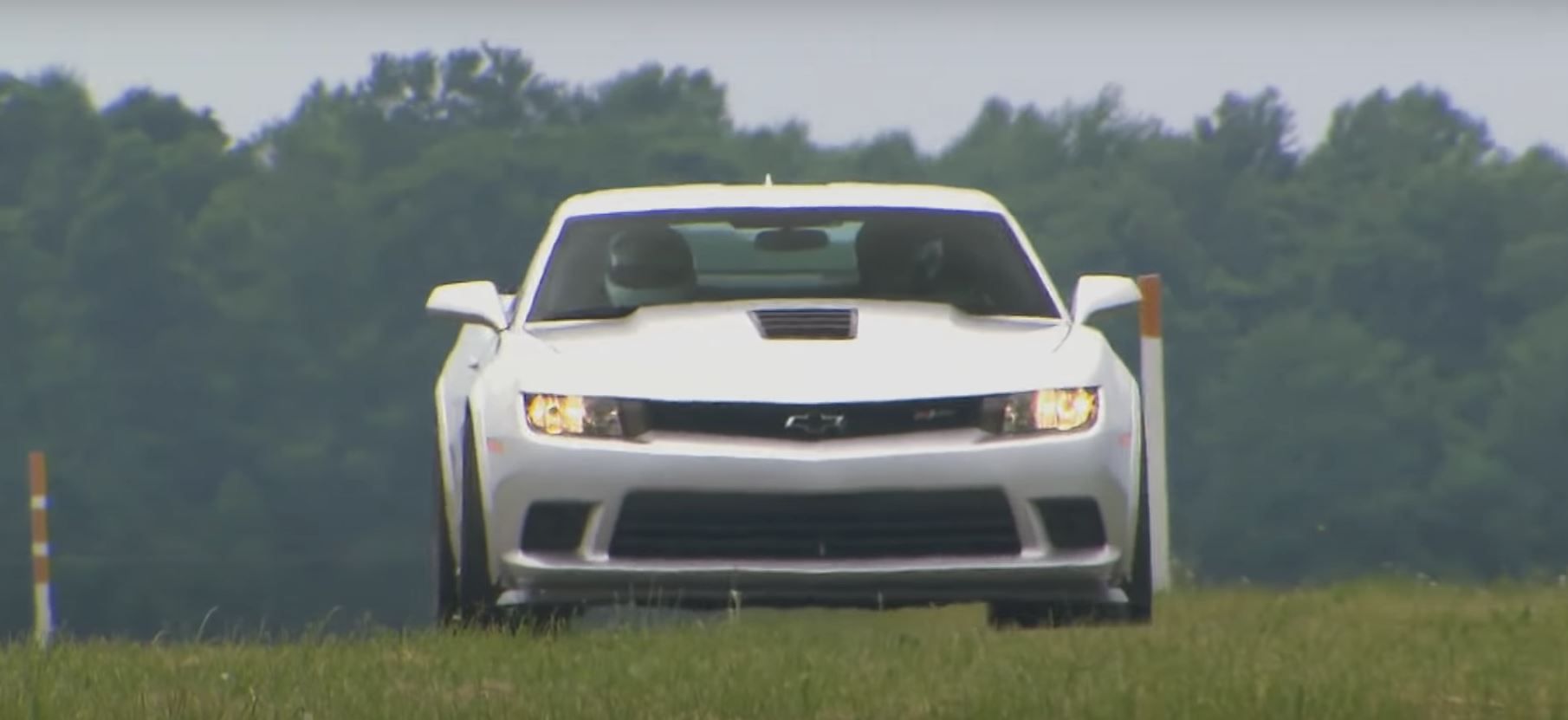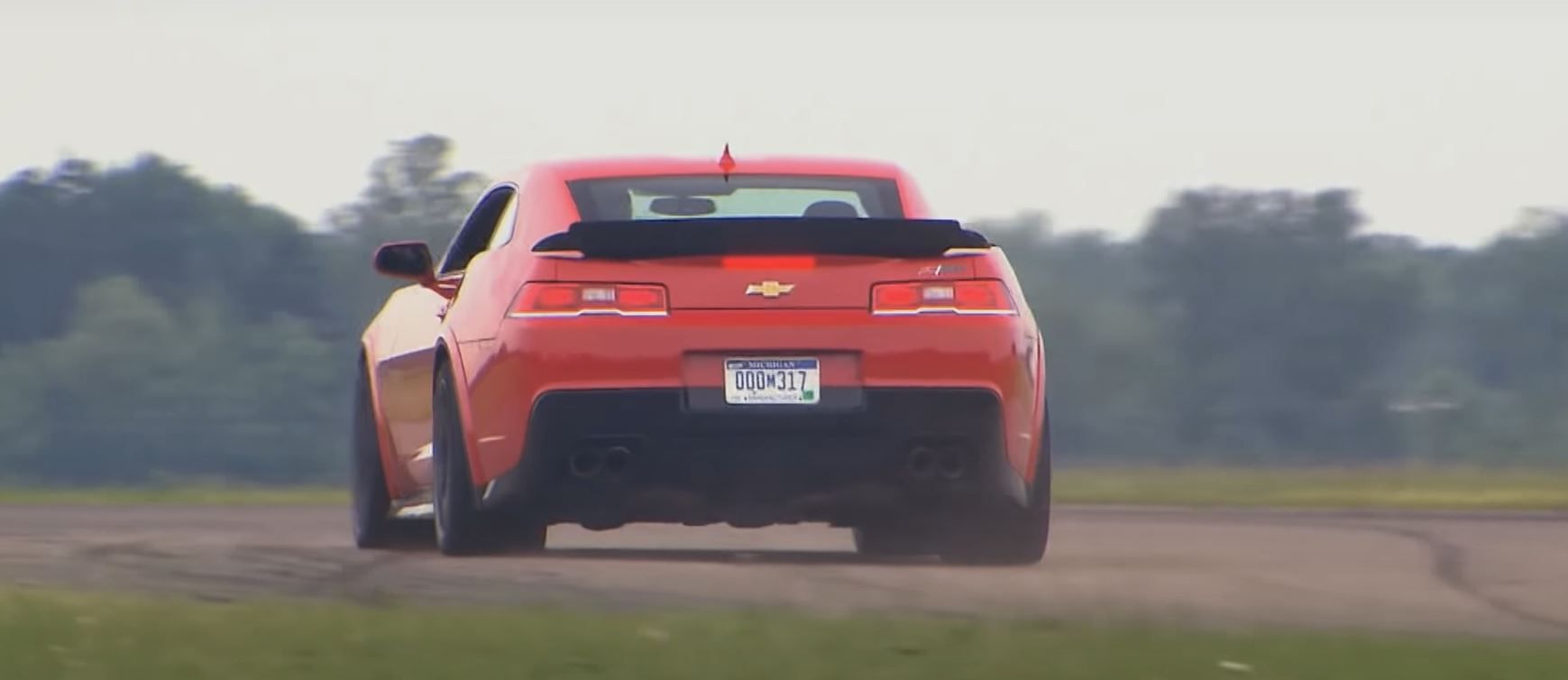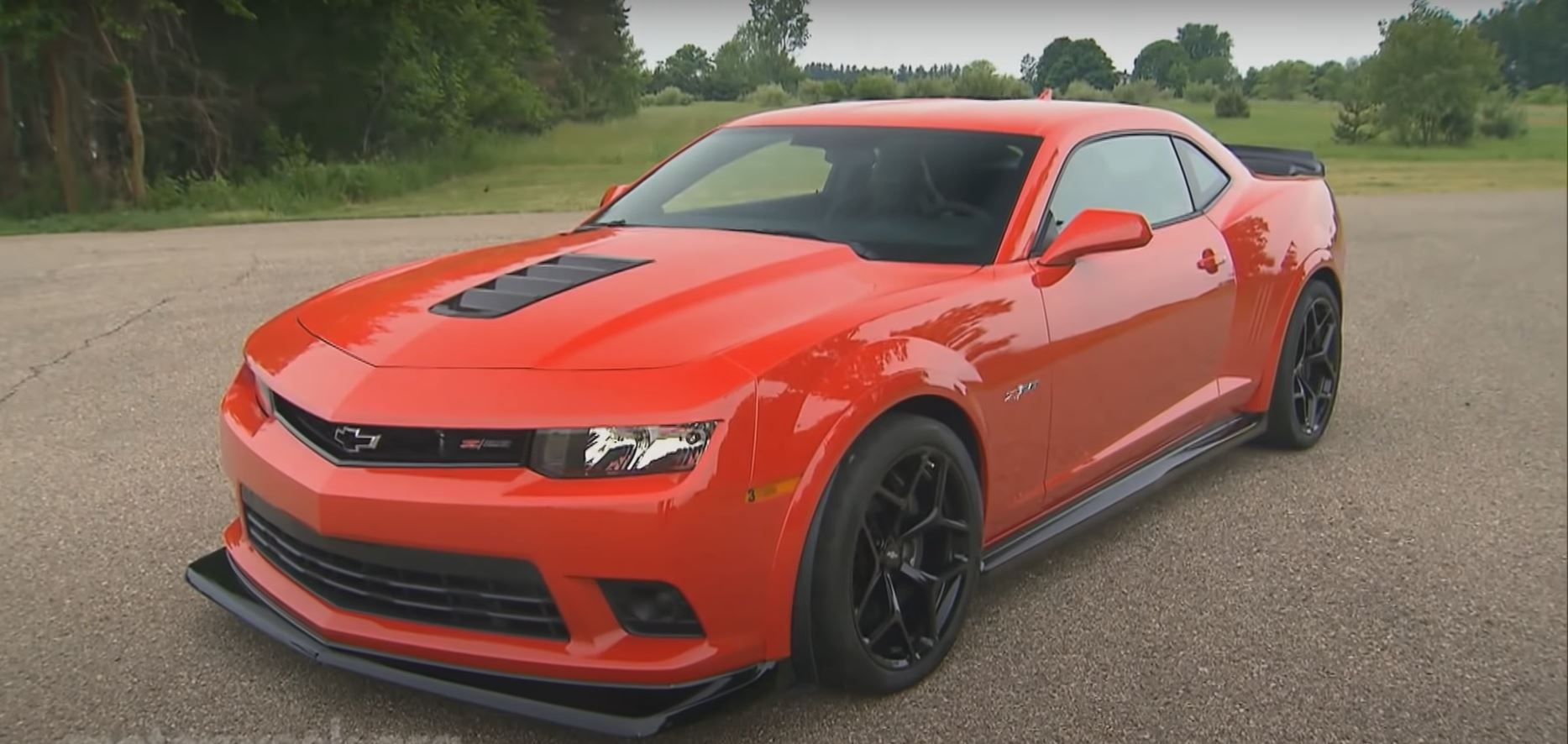Car design of the 1960s left us with many great legacies, but the best of all might just be the muscle car. The idea was genius in its simplicity: take a normal passenger car, give it a body that looks like some sort of automotive super villain, and cram the biggest possible engine into the front. For not much more than the cost of your average passenger car, you could have something with power to match fancy sports cars, and who cared if you could not match those sports cars in the corners?
You were driving something just as cool as those sports cars, and you were driving it for a bargain. American manufacturers jumped on the idea, and with the Ford Mustang being (and still being) the cultural archetype of the class, Chevrolet needed a competitor to match. They created that competitor in the form of the Camaro.
First introduced in 1966 with the 1967 model year, the Chevrolet Camaro was Chevrolet's main competitor against the Ford Mustang. The first generation ran from 1967 to 1969, while the second generation ran from 1970 to 1981. It was then succeeded by the third generation that ran from 1982 to 1992, and then the fourth generation from 1993 to 2002.
Finally, there was the fifth generation from 2003 to 2015 and the sixth and current generation that has run from 2016 to today. So it was quite successful at its mission of being a Mustang competitor and is just as culturally relevant in muscle car culture today. But there is more to the story of the Camaro than that.
When the first version of the Camaro went on sale in 1966, Chevrolet also had the idea of offering an even higher performance trim level that was set up specifically for track racing, known as the Camaro Z/28. Many years later, Chevrolet revived the concept by introducing a new Camaro Z/28 variant of the 2015 Camaro, and they gave it some great features to live up to the reputation of the original.
The Chevrolet Camaro is one of the most iconic muscle cars out there, and the Z/28 track performance version is even better. Here's the best feature of the Z/28's modern incarnation.
Best Feature Of The Chevrolet Camaro Z/28
The best feature of the 2015 Chevrolet Camaro Z/28 probably is not all that surprising, because it is exactly the thing that you would expect from a track focused muscle car: performance. With a 7.0-liter LS7 V8 engine that was co-developed with Corvette Racing, the Chevrolet Camaro Z/28 produces up to 505 a-hp at 6,100 rpm, and 481 lb-ft of torque at 4800 rpm. Put through a 6 speed manual gearbox into a rear-wheel drive system, that power gives the Chevrolet Camaro Z/28 a top speed of 190 mph and a zero to sixty time of 4 seconds flat.
As you would expect from such a high performance muscle car, the Chevrolet Camaro Z/28 is quite thirsty. It gets just 13 mpg in the city and 19 mpg on the highway for a combined fuel economy rating of 15 mpg. A 19 gallon fuel tank compensates for that somewhat by giving it a decent range of 247 miles in the city and 361 miles on the highway. But if you are in the market for a muscle car then you probably don't have fuel economy at the top of your priority list, because those kinds of numbers are just a fact of the type.
Other Features Of The Chevrolet Camaro Z/28
The 2015 Camaro Z/28 has some other great features to make it a fantastic track car. The aerodynamics of the base model have been tweaked to give it the best possible performance, with a redesigned rear spoiler and a big air splitter in the front. The interior has been given an overhaul too to make it more sporty. Recaro racing seats come as standard, along with a matte metallic finish on the interior trim, and a steering wheel with a flat bottom.
Other features on the standard model that do not come in much use on a track have been removed as well for the sake of saving weight, such as the foglights and the HID headlights. The air conditioning system has even been reduced to an optional extra, because air conditioning units are very heavy and take a significant amount of power away from the engine when in use. Small weight saving measures are implemented as well, such as slightly thinner glass in the rear window and the removal of carpeting from the trunk. Those are seemingly insignificant, but together they all add up.



